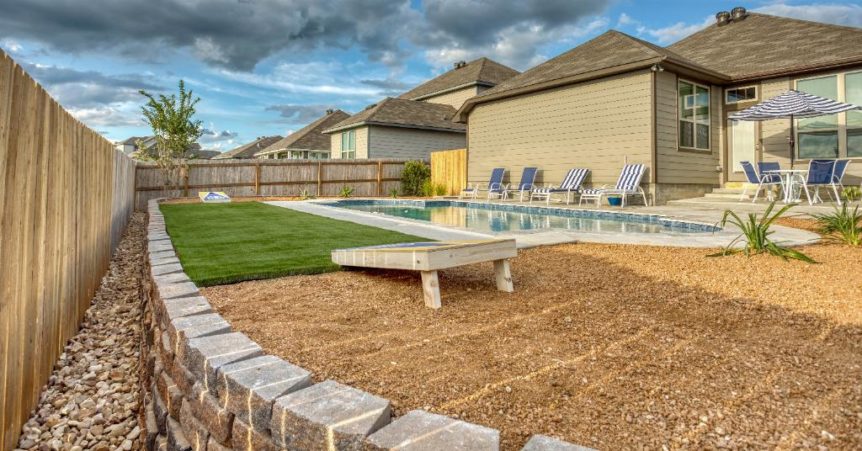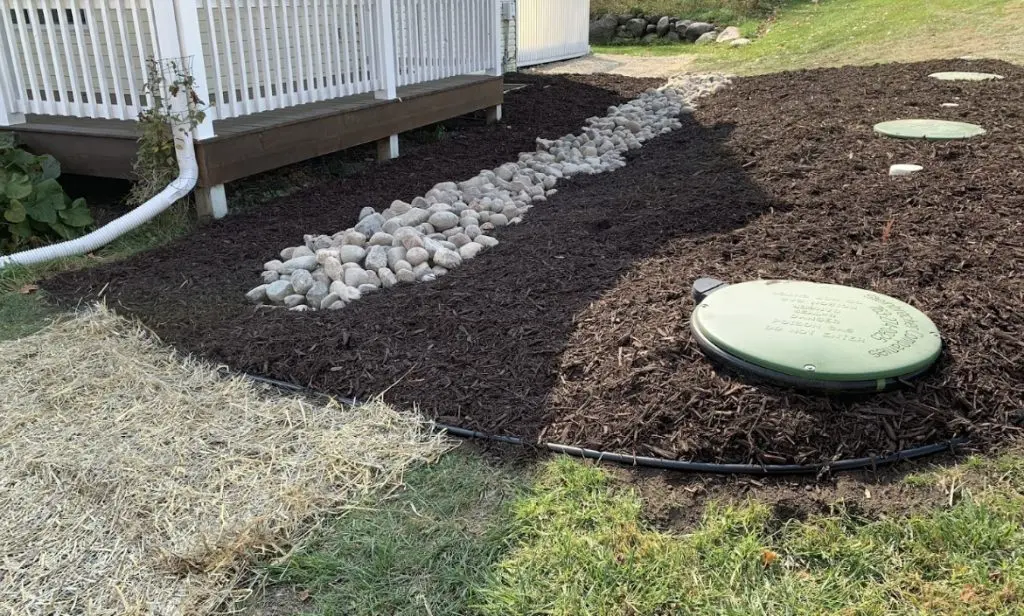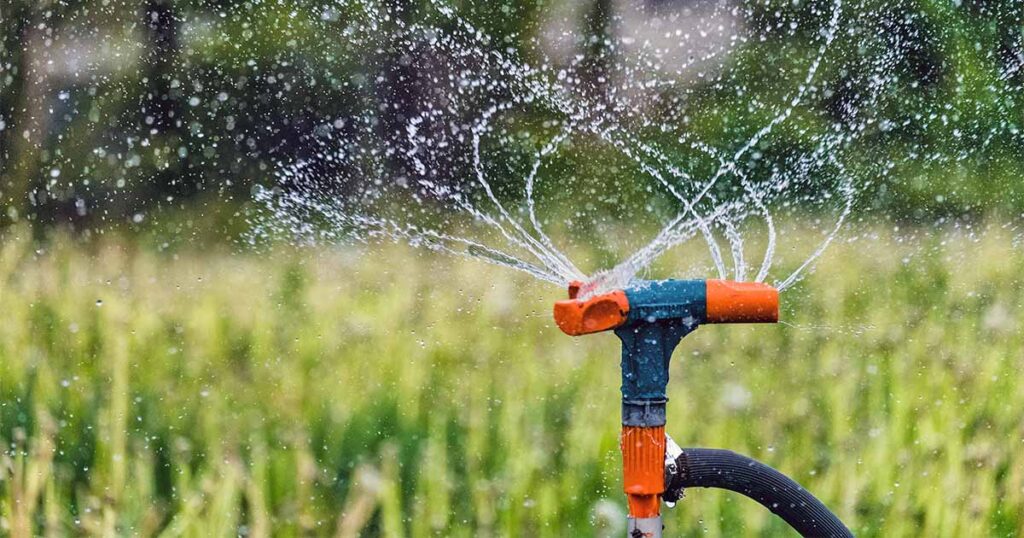Saint Louis Park MN Residential Landscape Drainage Solutions
Residential water management’s greatest challenge is that individual properties do not live on an island.
They are always impacted by adjacent properties, and that influence can extend much further when it comes to historic storms, which seem to occur more regularly nowadays.
This is why you must be a smart detective to fix your property’s water problems.
When you address water puddles on your lawn, you must look at the bigger picture, ranging in scope from your entire property to well beyond.
The best approach to managing water problems, whether they be shortages or excesses, is inquiring about the ideal destination for that water.
That may be filtering below the surface to rejuvenate your lawn or ornamental plantings, or being directed to a water management system whose destination has been predetermined.
5 Common Considerations For Saint Louis Park MN Residential Landscape Drainage Solutions
#1. Consider Legal and Community Regulations
Thus, the first step in addressing residential water management is studying your home plat of survey.
Home builders and their subcontractors do the work of establishing the proper grade, but city engineers are ultimately responsible for certifying your property’s compliance with these standards.
This is why municipalities require multiple site grading inspections.
There is usually one inspection for the rough grade and another after the topsoil completes the final or finished grade. If contractors you hire after these new home inspections obtain all the necessary permits, any changes should also comply.
Most city and suburban properties are designed to push roughly 2/3 of all surface water in one direction, the prevailing grade of adjacent and nearby homes, with the balance draining in an opposing direction.
This surface water usually drains into a retention area, such as a lake, or enters an underground system that carries it to its destination.
#2. Evaluate Above And Below Ground Drainage Relationships
There are two types of water management concerns, surface drainage and sub-surface drainage.
It’s important to understand their interrelationships as it relates to your property and to not confuse one with the other.
Surface water problems are much easier to fix because you can see what’s going on. You can make decisions and test your solutions until you fix the problem forever.
Then there is drainage that is happening below the surface.
This type of water is necessary for hydrating lawns and ornamental plantings.
However, keep in mind that lawns can benefit or tolerate excessive moisture, but trees and shrubs will suffer if their soils are waterlogged for days at a time.
Hardscape surfaces such as patios and walkways are pitched to discard water.
Yet, where that water goes from that edge can be a source of problems. Sometimes it’s necessary to install channel drains to gather the water and quickly carry it to the perimeter of the property.
More advanced systems harvest that subsurface water that is then reused, thereby conserving this natural resource and reducing water costs.
There is an intimate relationship between surface water and what’s happening below the surface.
Licensed engineers take this into account when designing systems that protect you and your neighbors.
#3. Design A Comprehensive Water Management System
When a home is built an excavator finishes the grade or slope away from the home to discard rainwater and supplemental water from irrigation systems.
City or village inspectors are involved in verifying the work is completed properly.
However, some settling may occur over time. Usually, this is where the soil line meets the foundation of the home.
If this happens, additional soil can be added to pick up the gap. Just be careful not to raise the soil line above the top of the concrete foundation.
Another common landscape drainage problem is water that splashes and washes out soil against the foundation.
The common solution is moving that water further away from the home’s foundation with underground PVC piping.
Catch basins are often installed at the point of origin, such as a downspout, to facilitate capturing that water.
These basins may also be installed to quicken drainage in sections of a lawn that do not drain as quickly as desired.
#4. Plan For System Overloads Or Failures
The one landscaping problem that immediately gets the attention of homeowners is a leaky basement. There are many reasons why this may be happening.
One of the least likely causes is one most suspected, a crack in the foundation of the home.
Cracks in the foundation of a home are not unexpected. This is why drain tile is installed around the base of the foundation, 8-10 feet below the ground.
This tiling system gathers the water that trickles down and channels it to a sump pump system that pushes it out.
If the sump pump malfunctions or fails to expel the water at a sufficient rate, basement flooding may occur. If the system does its job the problem may be elsewhere.
The water that is pushed out could be finding its way back down into the foundation system through hidden channels.
This takes us back to the surface to look for clues to what’s happening below the surface.
As you can see, surface and subsurface landscape drainage problems are sometimes interconnected.
#5. Practice Ongoing Landscape Drainage Management
Water management is an ongoing challenge because soils move. This is true whether the soil is loamy, sandy, or clayey, as it is here in Minnesota.
If your water management system works for a period but then later fails, you must question why.
One thing to keep in mind is that water always finds its level. If a formerly dry basement becomes wet, something has changed.
Shifting soils may have opened a channel for water to freely find its way to the foundation, making supplemental measures necessary.
Conversely, soil that has settled or been mechanically compacted can close water pathways.
As a result, water that once drained may now accumulate at the surface.
This is why golf course superintendents find themselves periodically installing tile systems to move water off fairways where it never used to accumulate.
You may have to do this too because everyday activities compact soil. The weight of winter snows and summer rains are contributing factors too.
Forever is a long time, so regular maintenance is necessary to fix minor drainage problems as they occur.
A professional landscape contractor in Saint Louis Park, MN can manage obvious surface drainage issues. That is often done with the common solutions prescribed here.
Green Grounds Landscaping: Helping Saint Louis Park, MN Homeowners Enjoy Outdoor Living
Our top priority is creating living spaces that are right for you.
We pride ourselves on working with you from concept to construction to create the right landscape for your needs.
Contact us today for a free consultation to explore your next landscaping project





Recent Comments